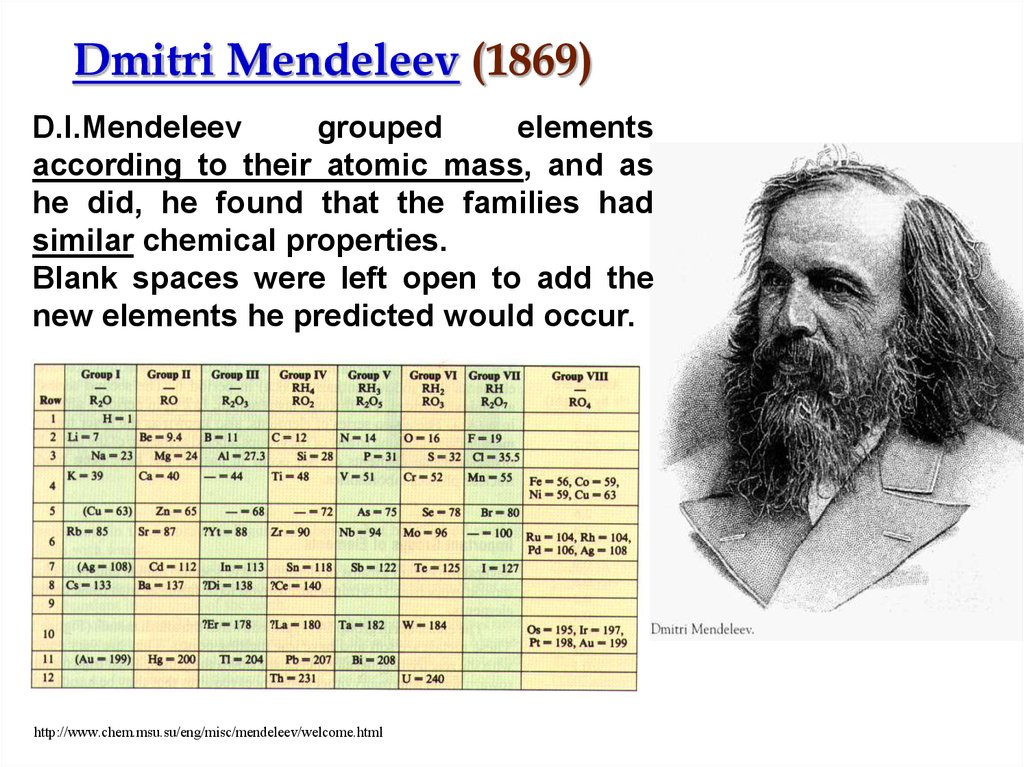
The black phosphorus is a less pure variant of element 15. The pure, elemental phosphorus exists in two major forms, white phosphorus, and red phosphorus. Phosphorus has an electronegativity of 280.5☌, 536.9☏, 553.7 K according to Pauling, whereas the atomic radius according to van der Waals is 1,04 Å. It reaches its boiling point at X, while the melting point is achieved at 44.15☌, 111.47☏, 317.3 K. With the periodic table symbol P, atomic number 15, atomic mass of X g.mol -1, and electron configuration X, phosphorus is a nonmetal substance with 3 main allotropes – black, red, and white. The energy of the third ionization: 29,141 eV


The energy of the second ionization: 19,725 eV The energy of the first ionization: 10,118 eV Half-life: From less than 30 nanoseconds to 25.34 days Physical state: Solid at room temperature The symbol in the periodic table of elements: PĬolor: White, yellow, red, violet, or black (depending on the allotrope) Fact Box Chemical and Physical Properties of Phosphorus Namely, phosphorus is an essential mineral required for proper skeletal and nervous system formation, as well as the formation of plants and animals’ cytoplasm. The biological significance of this pnictogen element is immeasurable since phosphorus is in the cells and tissues of all living forms on Earth. Being a member of the nitrogen family of periodic table elements, this monoisotopic element has five valence electrons and glows with bright light in the dark. Due to its high reactivity, phosphorus does not occur freely in nature. It is the eleventh most abundant element in Earth’s crust, with an occurrence of about 0.1% ppm. Phosphorus is a chemical element with the atomic number 15 in the periodic table.


 0 kommentar(er)
0 kommentar(er)
